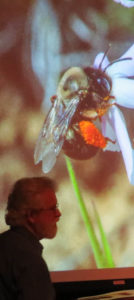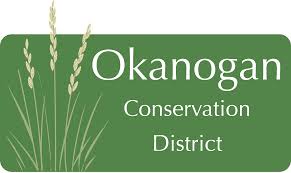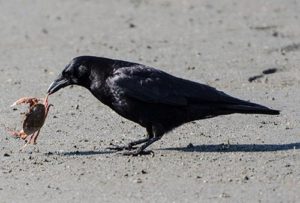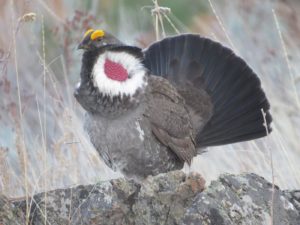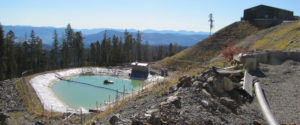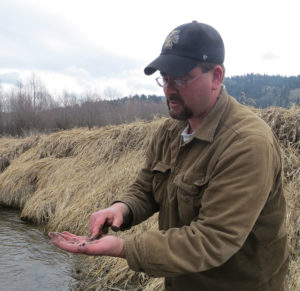Walk through Time in the Highlands
Ecology & Evolution at Our Feet
Life has been on an immense journey through time, and it turns out that much of the evidence for that journey is all around us in the natural world. On this short hike we will look for the evidence that the plants, animals and even the rocks have changed over time, creating ever more complex ecological relationships and ever richer ecosystems. This walk offered a condensed version of a 5-day program on this subject that Dana taught last summer in the Methow Valley.
Dana Visalli, botanist and editor of “The Methow Naturalist,” led a guided hike along a hidden canyon connecting the Burge Mountain road and the Highlands Nordic Sno-Park near Havillah.

